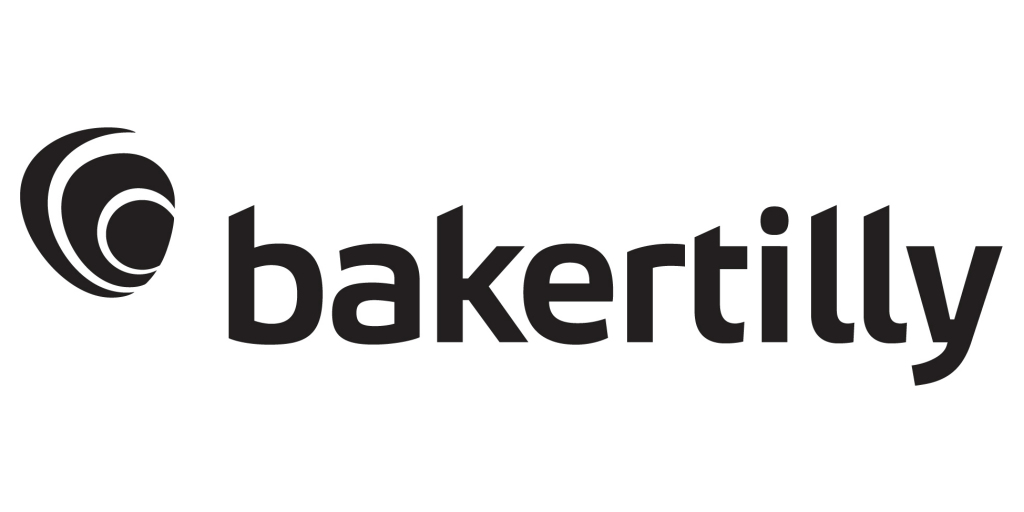Using Stakeholder Mapping as a Tool To Navigate the Thorny Political Environment Around DEI
Organizations should use "stakeholder mapping" methods to assess how all their involved constituencies feel about critical topics like diversity & inclusion

Originally published by Thomson Reuters
By Natalie Runyon Director / ESG content & Advisory Services / Thomson Reuters Institute
In June 2023, the U.S. Supreme Court ruled on the use of race in college admissions, significantly limiting how colleges consider race as a factor in the admissions process, (often referred to as affirmative action.) The ruling was considered a win in the movement against diversity, equity and inclusion (DEI); and now, the same claimant who spurred the litigation against affirmative action in higher education is moving on to private businesses by suing two major U.S. law firms over fellowships they offered to promote diversity.
Stalwart DEI advocates and practitioners are disappointed but not deterred, according to Shane Lloyd, chief diversity officer at tax & accounting firm Baker Tilly. “DEI has always been scrutinized since the early days, with certain individuals feeling like they are being forced to operate their businesses in certain ways because of having to comply with affirmative action rules,” Lloyd states.
Continue reading here.

